Writers rarely ask first about editing or marketing or even the long hours alone with a blinking cursor. The question comes softer, almost hesitant, but it lands with the weight of reality: “How much does it cost to publish a book?”
 There’s no single answer, of course. Some want to know the dollar figure. Others want reassurance that the price will match the dream. What they’re really asking is whether their story is worth the investment—and if anyone will care once it’s bound in paper and ink.
There’s no single answer, of course. Some want to know the dollar figure. Others want reassurance that the price will match the dream. What they’re really asking is whether their story is worth the investment—and if anyone will care once it’s bound in paper and ink.
The truth is, publishing lives somewhere between art and arithmetic. The numbers matter, but so does the heart behind them. The cost of publishing depends on choices—each one revealing how much value the author places on craft, credibility, and connection.
A book can appear overnight in digital form for little more than the price of a dinner out. But the result often looks rushed, as if the writer was eager to hold a book rather than create one worth holding. Self-publishing platforms promise easy roads, yet they can leave writers stranded with a product that doesn’t reflect their purpose.
At Publication Consultants, experience has shown that quality has its own rhythm and reward. A professionally edited, designed, and distributed book typically costs several thousand dollars—less than a used car, but far more than a casual hobby. Editing, layout, cover design, and printing all carry measurable expenses. Marketing, publicity, and author copies add to the total. Yet behind every invoice hides something less tangible: the cost of belief.
Belief keeps a writer rewriting through rejection. Belief funds a print run when sales are still uncertain. Belief covers the quiet hours when only the writer and the work remain in conversation. In that sense, the real cost of publishing is paid in faith long before the first royalty check ever arrives.
Money shapes outcomes, yes, but money alone never builds meaning. A $10,000 book can vanish without a ripple, while a modest project—printed on simple paper, hand-sold at a local fair—can change lives. The difference lies not in the budget, but in the intention.
Many writers try to cut corners, skipping professional editing or design to save a few hundred dollars. Yet every skipped step shows. Readers may not know why a page feels off or a story stumbles, but they sense it. They might never finish the book or recommend it to a friend. In that loss, the savings evaporate.
How much does it cost to publish a book? Enough to make the author care deeply. Enough to transform an idea into an experience. Enough to remind both writer and reader that words carry weight and deserve respect.
There’s irony here. Writers spend thousands to publish, yet hesitate to spend hundreds to learn marketing. They build the ship and forget the sails. Publishing is not the end of the journey—it’s the beginning of navigation. The investment continues in time, persistence, and generosity, sharing the story again and again until it finds its harbor.
Those who approach publishing only as a transaction often walk away disappointed. Those who see it as a calling find the cost reasonable, even sacred. They understand they’re not buying paper and ink—they’re investing in permanence.
Every successful author learns this balance between commerce and calling. To Kill a Mockingbird, The Old Man and the Sea, Charlotte’s Web—each cost money to create, yet their true value can’t be measured in sales figures. What endures isn’t the expense but the impact.
A good publisher becomes a partner in that balance, sharing risk and reward, guiding the author toward excellence without extinguishing the fire of inspiration. The process can test patience and pocketbook alike, but when the first copy arrives—fresh ink, clean pages, the writer’s name glinting under the light—it becomes clear the cost was never too high.
Publishing a book is an act of faith, courage, and stewardship. It asks the writer to decide what their story is worth—not to the market, but to themselves.
And when they finally hold it, the numbers fade. What remains is the hum of something lasting—a quiet proof that words, once given form, can outlive their maker.
Stories like these remind us how words shape lives—how they can steady us, stir us, and spark change. The Power of Authors, by Evan and Lois Swensen, carries this conviction to its core. It isn’t a manual on writing but a meditation on purpose, showing how every word—whether in a novel, a thank-you note, or a simple message—can echo far beyond its moment. This book invites readers to see authors not only as storytellers, but as builders of memory, guardians of truth, and quiet catalysts of change.
It’s available now on Amazon (http://bit.ly/3K6o8AM), at Barnes and Noble, and everywhere good books are sold.



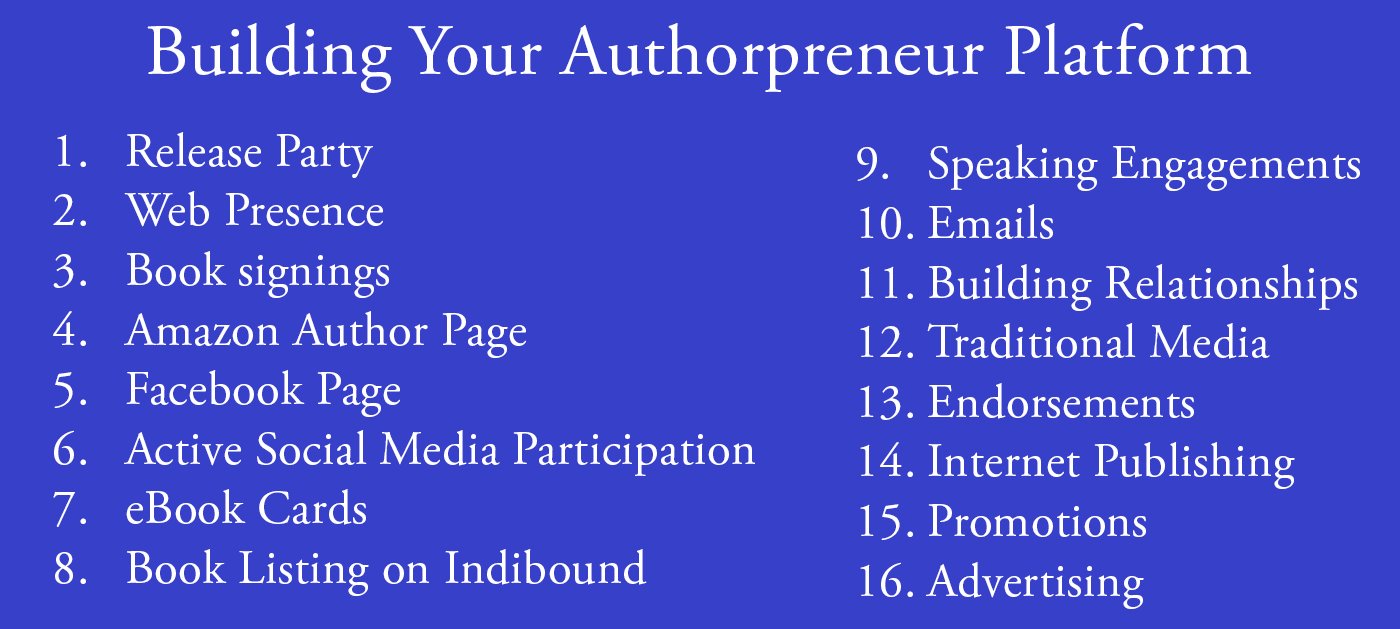
 This is Publication Consultants’ motivation for constantly striving to assist authors sell and market their books. Author Campaign Method (ACM) of sales and marketing is Publication Consultants’ plan to accomplish this so that our authors’ books have a reasonable opportunity for success. We know the difference between motion and direction. ACM is direction! ACM is the process for authorpreneurs who are serious about bringing their books to market. ACM is a boon for them.
This is Publication Consultants’ motivation for constantly striving to assist authors sell and market their books. Author Campaign Method (ACM) of sales and marketing is Publication Consultants’ plan to accomplish this so that our authors’ books have a reasonable opportunity for success. We know the difference between motion and direction. ACM is direction! ACM is the process for authorpreneurs who are serious about bringing their books to market. ACM is a boon for them. Release Party
Release Party Web Presence
Web Presence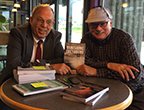 Book Signings
Book Signings Facebook Profile and Facebook Page
Facebook Profile and Facebook Page Active Social Media Participation
Active Social Media Participation Ebook Cards
Ebook Cards The Great Alaska Book Fair: October 8, 2016
The Great Alaska Book Fair: October 8, 2016


 Costco Book Signings
Costco Book Signings eBook Cards
eBook Cards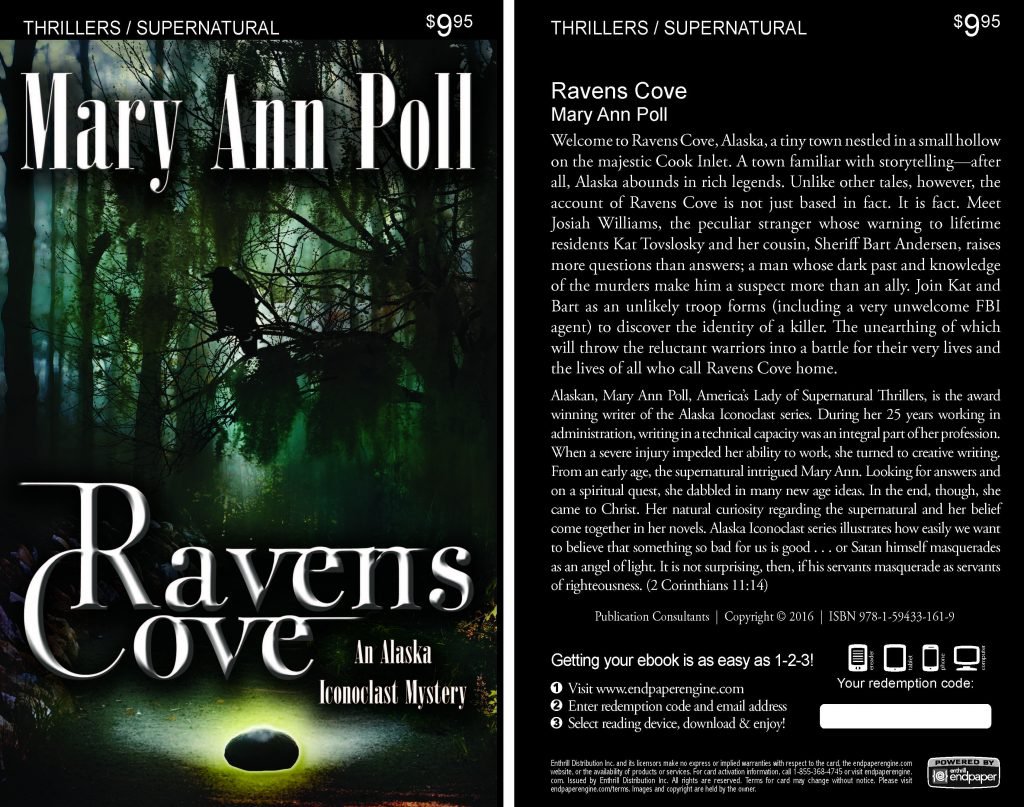

 Benjamin Franklin Award
Benjamin Franklin Award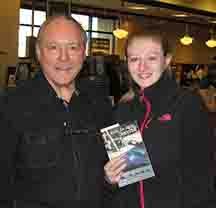 Jim Misko Book Signing at Barnes and Noble
Jim Misko Book Signing at Barnes and Noble
 Cortex is for serious authors and will probably not be of interest to hobbyists. We recorded our Cortex training and information meeting. If you’re a serious author, and did not attend the meeting, and would like to review the training information, kindly let us know. Authors are required to have a Facebook author page to use Cortex.
Cortex is for serious authors and will probably not be of interest to hobbyists. We recorded our Cortex training and information meeting. If you’re a serious author, and did not attend the meeting, and would like to review the training information, kindly let us know. Authors are required to have a Facebook author page to use Cortex. Correction:
Correction: This is Publication Consultants’ motivation for constantly striving to assist authors sell and market their books. ACM is Publication Consultants’ plan to accomplish this so that our authors’ books have a reasonable opportunity for success. We know the difference between motion and direction. ACM is direction! ACM is the process for authors who are serious about bringing their books to market. ACM is a boon for serious authors, but a burden for hobbyist. We don’t recommend ACM for hobbyists.
This is Publication Consultants’ motivation for constantly striving to assist authors sell and market their books. ACM is Publication Consultants’ plan to accomplish this so that our authors’ books have a reasonable opportunity for success. We know the difference between motion and direction. ACM is direction! ACM is the process for authors who are serious about bringing their books to market. ACM is a boon for serious authors, but a burden for hobbyist. We don’t recommend ACM for hobbyists.

 We’re the only publisher we know of that provides authors with book signing opportunities. Book signing are appropriate for hobbyist and essential for serious authors. To schedule a book signing kindly go to our website, <
We’re the only publisher we know of that provides authors with book signing opportunities. Book signing are appropriate for hobbyist and essential for serious authors. To schedule a book signing kindly go to our website, < We hear authors complain about all the personal stuff on Facebook. Most of these complaints are because the author doesn’t understand the difference difference between a Facebook profile and a Facebook page. Simply put, a profile is for personal things for friends and family; a page is for business. If your book is just a hobby, then it’s fine to have only a Facebook profile and make your posts for friends and family; however, if you’re serious about your writing, and it’s a business with you, or you want it to be business, then you need a Facebook page as an author. It’s simple to tell if it’s a page or a profile. A profile shows how many friends and a page shows how many likes. Here’s a link <> to a straight forward description on how to set up your author Facebook page.
We hear authors complain about all the personal stuff on Facebook. Most of these complaints are because the author doesn’t understand the difference difference between a Facebook profile and a Facebook page. Simply put, a profile is for personal things for friends and family; a page is for business. If your book is just a hobby, then it’s fine to have only a Facebook profile and make your posts for friends and family; however, if you’re serious about your writing, and it’s a business with you, or you want it to be business, then you need a Facebook page as an author. It’s simple to tell if it’s a page or a profile. A profile shows how many friends and a page shows how many likes. Here’s a link <> to a straight forward description on how to set up your author Facebook page.



 Mosquito Books has a new location in the Anchorage international airport and is available for signings with 21 days notice. Jim Misko had a signing there yesterday. His signing report included these words, “Had the best day ever at the airport . . ..”
Mosquito Books has a new location in the Anchorage international airport and is available for signings with 21 days notice. Jim Misko had a signing there yesterday. His signing report included these words, “Had the best day ever at the airport . . ..”


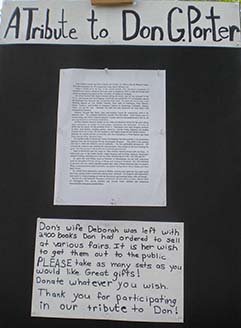
 The Lyin Kings: The Wannabe World Leaders
The Lyin Kings: The Wannabe World Leaders
 Time and Tide
Time and Tide


 ReadAlaska 2014
ReadAlaska 2014 Readerlink and Book Signings
Readerlink and Book Signings
 2014 Independent Publisher Book Awards Results
2014 Independent Publisher Book Awards Results

 Bonnye Matthews Radio Interview
Bonnye Matthews Radio Interview
 Rick Mystrom Radio Interview
Rick Mystrom Radio Interview When he published those overseas blogs as the book The Innocents Abroad, it would become a hit. But you couldn’t find it in bookstores.
When he published those overseas blogs as the book The Innocents Abroad, it would become a hit. But you couldn’t find it in bookstores. More NetGalley
More NetGalley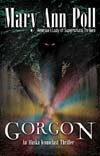 Mary Ann Poll
Mary Ann Poll
 Bumppo
Bumppo
 Computer Spell Checkers
Computer Spell Checkers Seven Things I Learned From a Foreign Email
Seven Things I Learned From a Foreign Email 2014 Spirit of Youth Awards
2014 Spirit of Youth Awards Book Signings
Book Signings


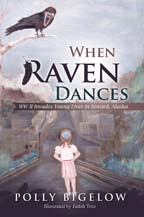 Blog Talk Radio
Blog Talk Radio Publication Consultants Blog
Publication Consultants Blog Book Signings
Book Signings



 Don and Lanna Langdok
Don and Lanna Langdok Ron Walden
Ron Walden Book Signings Are Fun
Book Signings Are Fun Release Party Video
Release Party Video
 Erin’s book,
Erin’s book,  Heather’s book,
Heather’s book,  New Books
New Books